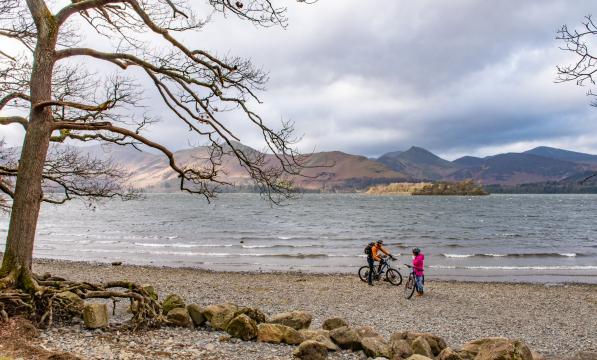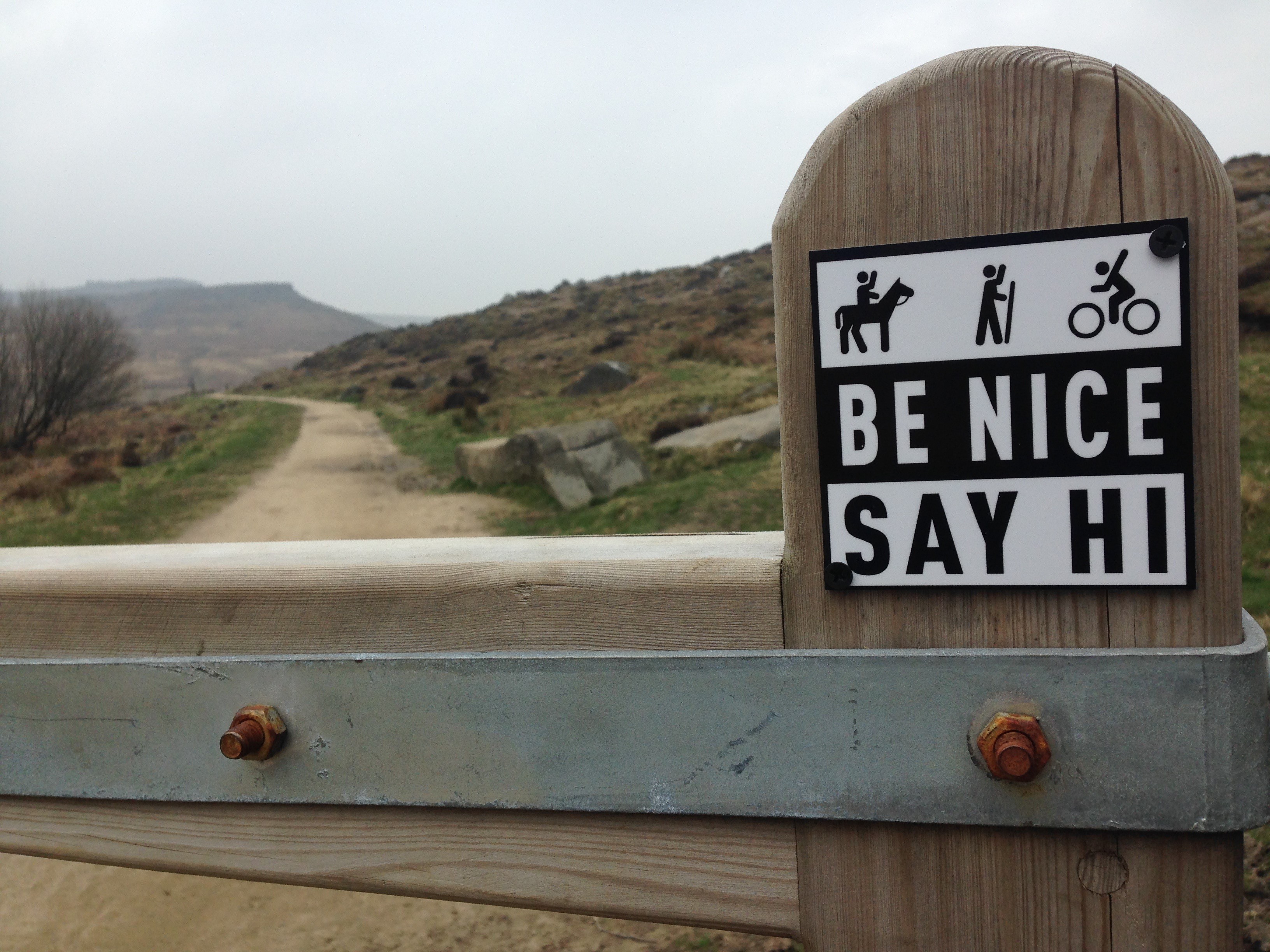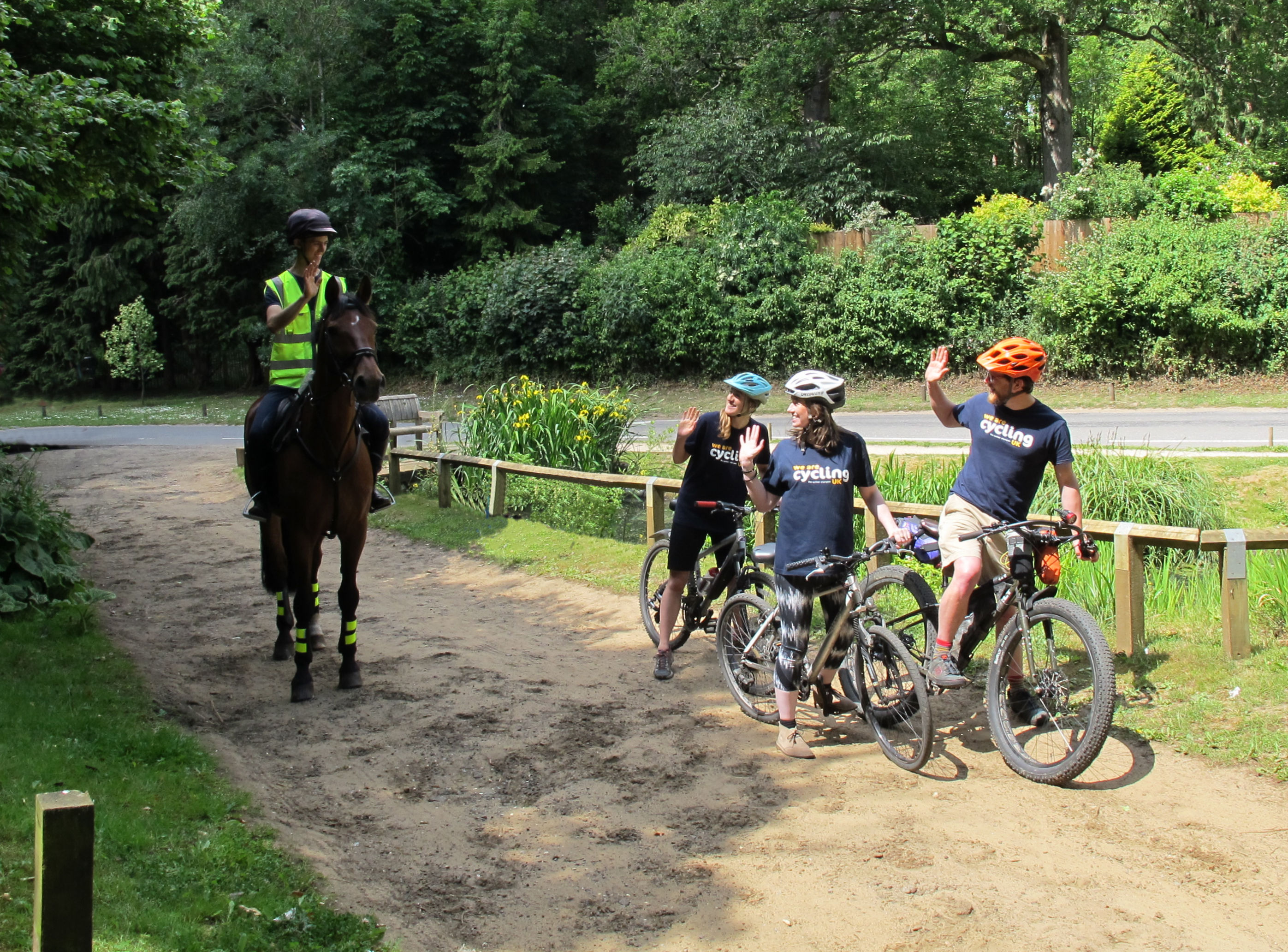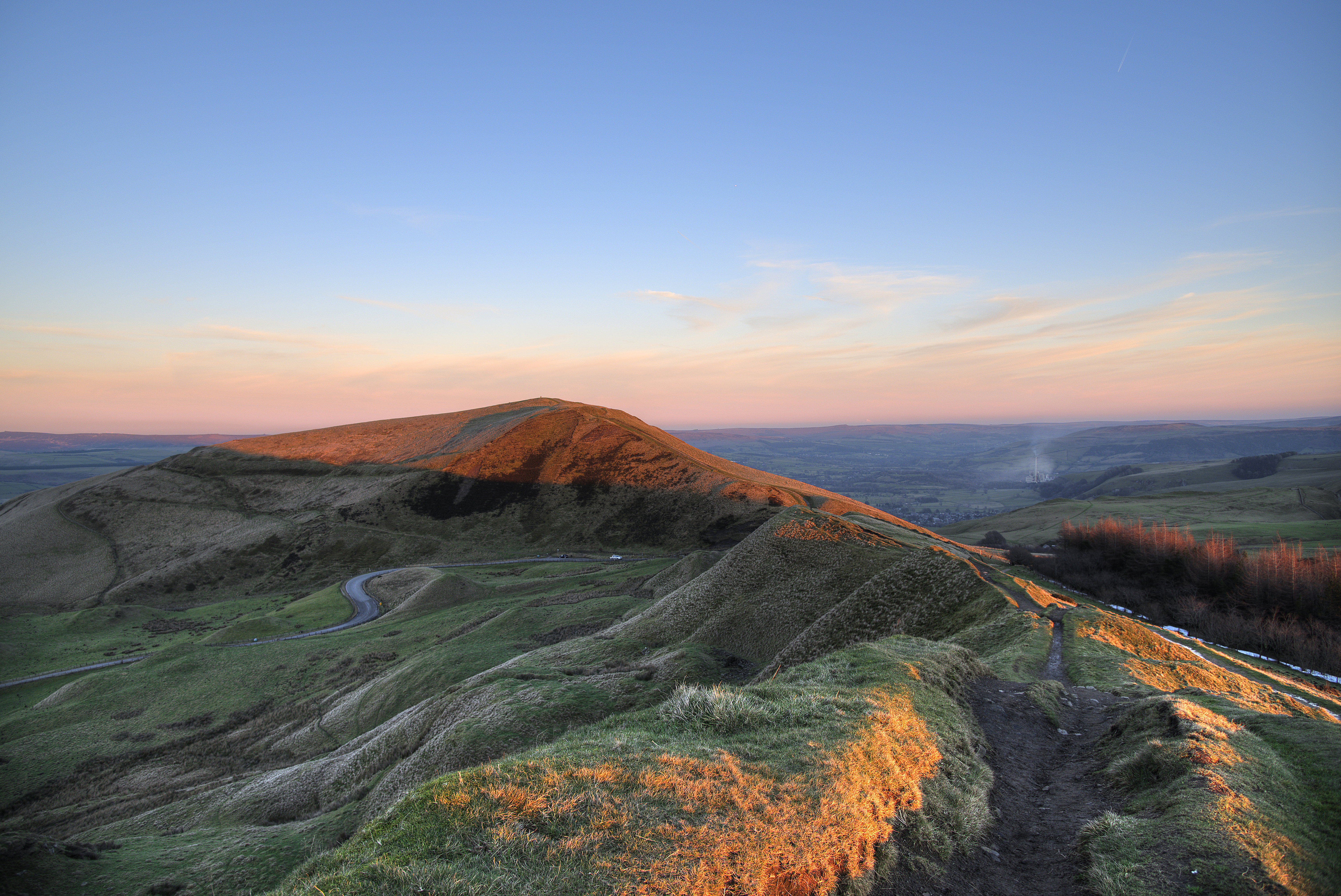Celebrating 70 years of National Parks

What is it that makes National Parks so special? Perhaps it’s the way they each have their own unique character, with different geology, flora and fauna making each one distinctive.
The Cairngorms, Snowdonia and the Lake District boast the UK’s highest peaks, whereas the Norfolk Broads has a high point of just 38m.
Sparsely-populated Northumberland was England’s first International Dark Sky Park, while the Peak District and South Downs are bordered by bustling towns and cities.
The Peak District was the first National Park to be designated on 17 April 1951, as part of a post-war vision to protect Britain’s special landscapes and encourage the public to spend time outdoors away from polluted cities and factories.
Originally, rambling around the Peaks was a working-class pastime. Fast-forward to today, and the Glover Review of National Landscapes (in England) concluded that National Parks are now a predominantly middle-class, white environment.
The review also highlighted the disparity in public access across the English National Parks:
“...there seems little logic across the country to the nature of rights of way at the moment. Cumbria and Shropshire are rich in bridlepaths. In some other places, almost all routes are only open to walkers, but not horse riders or cyclists. As even rural roads become busier and more dangerous, it is all the more important that fair access is given to all.”
Why is it important to welcome a wider range of people to National Parks? It’s simple: these spectacular places are the setting for memorable experiences that everyone deserves to enjoy.
We asked Cycling UK staff about their favourite riding experiences in the Peak District and our other National Parks, and what more they think could be done to improve things for cycling.
Peak District

“If I want to escape the city, the Peaks are always there to welcome me with fresh air and lots of hills” – Rebecca Mews, project support officer.
Rebecca feels very lucky to have the Peak District on her doorstep - after a 15-minute slog uphill: "It feels very inclusive when you are out cycling in the Peaks; cyclists of all kinds, e-bikes, mountain bikes, road bikes acknowledge each other which is really encouraging.
"One suggestion to improve the cycling experience would be water bottle re-filling facilities. It would be great to know which shops, cafes, and farms are happy to refill your water bottle for free, or if there’s a tap you can use – a window sticker or sign out the front would be handy."
Rebecca also suggests that there should be more promoted routes: "I’ve been cycling in the Peaks for a year now and I’m sure there are so many routes and places I’ve not yet discovered."

“There’s a huge variety of riding. I like the feeling of contrast” – Ellen Holmes, cycling development officer for Greater Manchester.
Despite living in the busy and a densely populated metropolitan county of Greater Manchester, within a few miles of riding, Ellen can travel from the centre of Stockport to a rough and rocky bridleway in a remote corner of the Peak District. "One minute you can feel completely alone in nature, with not a soul in sight, and the next minute you pop out on top of a hill with views of the skyscrapers of central Manchester on the horizon. I like that feeling of contrast.
"There’s a huge variety of off-road riding so riders of all abilities and ages can enjoy cycling in the National Park, from flat and well surfaced former railway lines converted into family friendly riding routes, to steep and technical rocky descents for a full sus mountain bike."
Ellen mentions that improved public transport links could help reduce traffic to the Peak, as well as making it more accessible to people from a wider range of backgrounds. She also suggests that introducing more cycle specific infrastructure on some of the busier A-roads could potentially improve conditions (as has been done successfully along the bottom of the Hope Valley).
"Better surfacing and repairs on some of the bridleways and byways, too. Although the rugged and natural nature of some of the bridleways is part of the fun - I’m definitely not suggesting sanitation of classic routes, but the soft nature of the soil and peat has contributed to erosion and drainage issues."
Peak District MTB – working together to increase access
Peak District MTB is one of the largest and most active mountain biking advocacy groups in the country, and has formed effective partnerships with land manager organisations including Staffordshire Wildlife Trust, Severn Trent Water and the Eastern Moors Partnership.
The group undertakes regular volunteering ‘dig days’ with land managers repairing and maintaining popular paths, and through the Keeper of the Peak social media accounts keeps riders updated with the condition of the trails to help them choose the drier, more resilient routes.
They also started the Project 22 campaign to double the number of bridleways from 11% to 22% in the Peak District and bring it in line with the national average. By identifying and prioritising routes, and then starting conversations with landowners and land managers about potential options, they aim to build positive relationships and increase access for riding.
Snowdonia

“Rugged beauty, clean air and vast open space” – Ross Adams, cycling development programme manager.
"For as long as I can remember, I’ve always felt at home in the mountains, and no more so than Snowdonia. Growing up, it was only a matter of time that I was exploring by bike as well as foot. Cycling and the outdoors in general have always been my reset, where nothing else occupies my mind other than the here and now, the rugged beauty, the clean air and vast open space. Snowdonia has this in bucket loads."
In Snowdonia, you’re spoilt for choice when it comes to routes to ride, both on and off road, as well as stunning vistas, mix of terrain, crystal clear lakes, waterfalls, and as Ross puts it: "killer singletrack".
The ongoing work to improve access in Wales is welcomed by him: "Opening up more routes to bikes would ensure people are less concentrated within honeypot areas, both easing the burden on landscapes and providing an economic boost to other communities as well as the obvious destinations."
As mountain biking continues to grow as a leisure activity, more and more people, often those without an upbringing in the outdoors, start to enjoy the benefits it brings. But Ross highlights a lack of understanding from some newer riders around how the countryside works, how users interact and how visitors to the National Parks impact the residents needs continued work.

Building understanding and respect
The Countryside Code has just been refreshed for Wales and England, and is being promoted this spring as people start to get out more and travel further afield.
Cycling UK and the British Horse Society are promoting the ‘Be Nice, Say Hi’ campaign, started in the Peak District by Ride Sheffield. The eye-catching trail markers remind all users to be considerate while they are enjoying the outdoors. We’re particularly looking to work with popular destinations like National Parks to promote this message.
Yorkshire Dales

“The villages are really special” – Esmond Sage, development officer for the Big Bike Revival in Scotland.
"I very fondly remember an audax in the Yorkshire Dales that combined bright sunshine and torrential rain all in one day. The villages along those roads are really special, when I rode into Dent I could hardly believe there was anything in England like it. Tiny hamlets with little cobbled streets and alleys but still this sense of civic community, like a wee French commune."
Northumberland

“There are always places to connect to in the historic landscape” – Lynnette Evans, senior project officer for the Big Bike Revival (North).
Lynette loves the wildness of Northumbria: "the rolling hills, coastline and the big open skies feel remote and you find places for the first time because you come across so few people."
The signposted 102m cross-country off-road Sandstone Way runs from Berwick on Tweed to Hexham along the eastern edge of the National Park. Lynette really enjoys it because it’s not too technical to ride, "there is varied countryside and it connects to great places to stay. There are always places to connect to in the historic landscape."
South Downs

“Even in the crowded south east, it’s an escape” – Rob Kingston, communications and media officer.
"The newest of our national parks, the South Downs, is also the closest to my home in Hampshire – its northernmost tip, at Alice Holt forest, is only a 15-mile ride from my doorstep. But it’s the Downs proper that draw me on longer journeys. I’ve ridden the length of the South Downs Way twice, taking two days each time. The challenge of tackling its 100 miles in one go often tempts me, but then I remember that the name glosses over a lot of punishing ‘Ups’!
"Besides, rushing through this landscape would be a shame. My favourite South Downs memory came when lockdown eased last summer. On a perfect June day, a friend and I rode the section from Cocking to Washington. As the heat started to fade from the sun we stopped to brew a coffee on top of Barnsfarm Hill. Ahead of us, a field of oats rippled in the breeze; on the horizon, beyond the distant houses of Worthing, dozens of wind turbines shone white against the vivid blue of the sea.
"Even here in the most crowded corner of our crowded island, the stresses and worries of the previous months seemed a world away. For me that is what our National Parks provide: not just a physical escape but an emotional one too."
Where do we go from here?
Several National Parks are taking measures to improve public transport options in a bid to reduce traffic and increase accessibility. Many National Park Authorities will tell you they can happily welcome more visitors – they just can’t take more cars.
The Lake District has an ambitious goal that under half of visitors will use a car as their main mode of transport around the National Park by 2040, including creating 120km of multi-user trails and introducing bike buses. On Dartmoor, railway services between Exeter and Okehampton are being reinstated year-round, rather than just in the summer.
Improvements to off-road access could be in the pipeline in Wales. Following years of campaigning by Cycling UK, OpenMTB and other outdoor organisations, Natural Resources Wales is working with these groups and landowner organisations to draft proposals to improve access to the countryside, due to be published in May.
In the meantime, to keep this on the agenda in the run-up to the election, ask your candidates to support our Manifesto for Cycling, which includes increasing access to the countryside and improving routes in rural areas.
In England, it’s been 18 months since the Glover Review and we’re still waiting for the Government to respond. We’ll be pressing them to act on the recommendations to improve access and enable more people from diverse backgrounds to experience England’s fantastic national landscapes.
If you want to follow the example of Peak District MTB and start working to improve access in your area, have a look at Cycling UK’s off-road campaigning resources.









